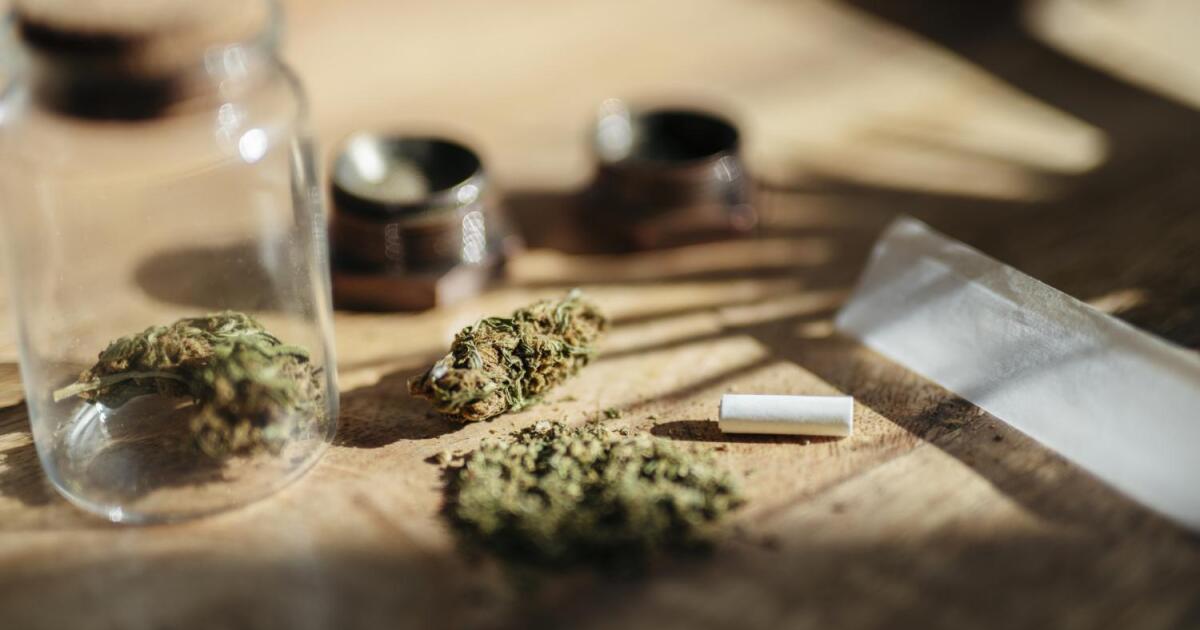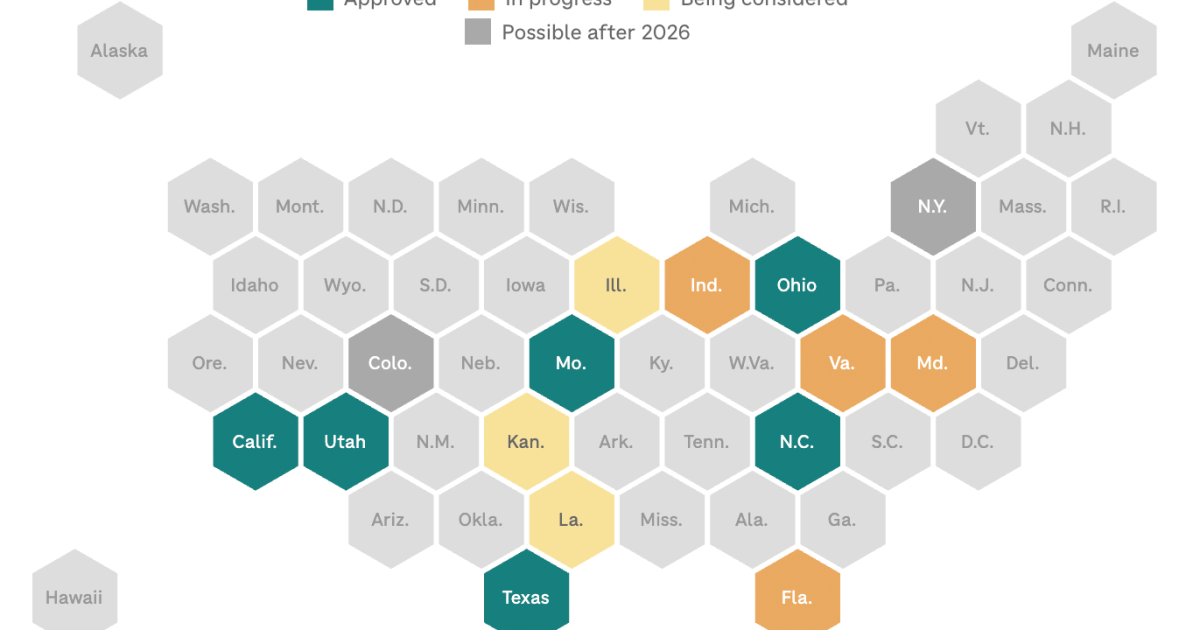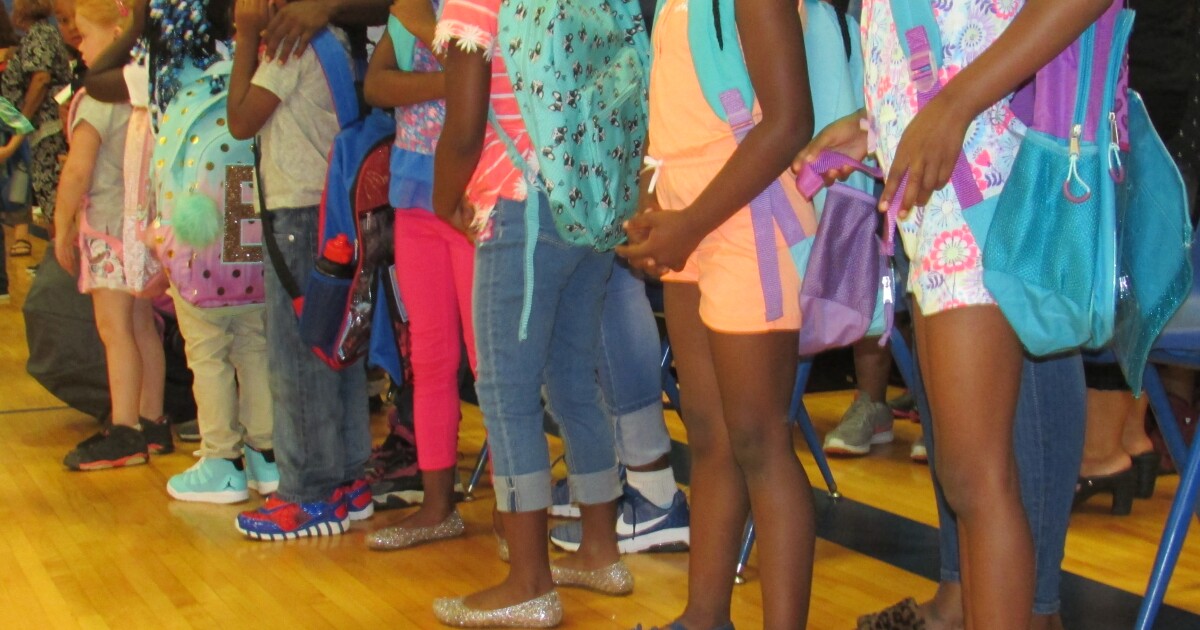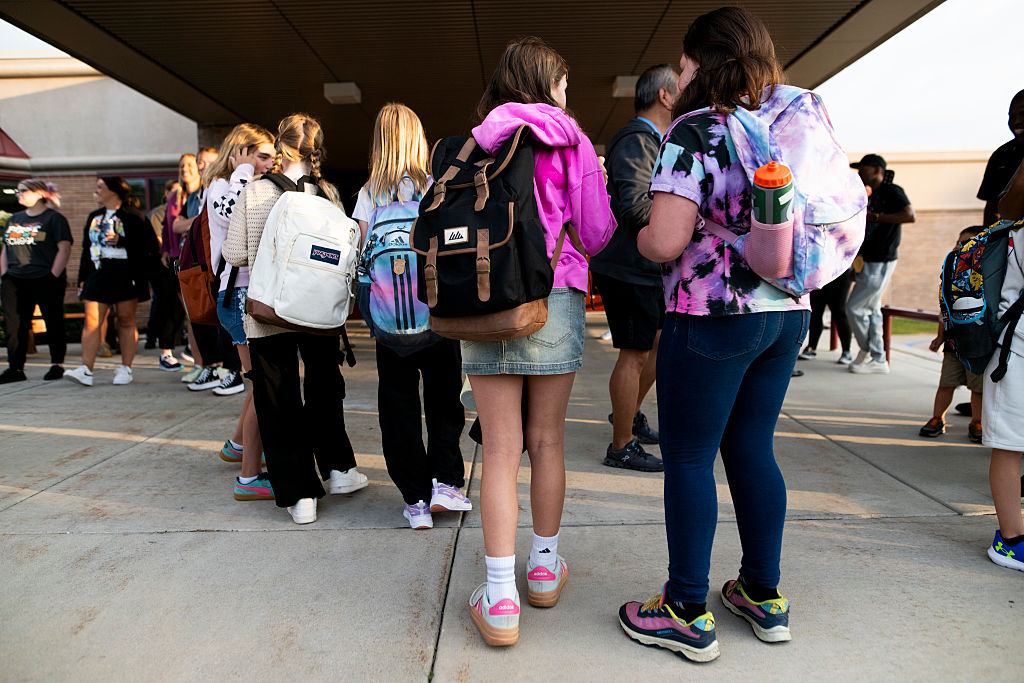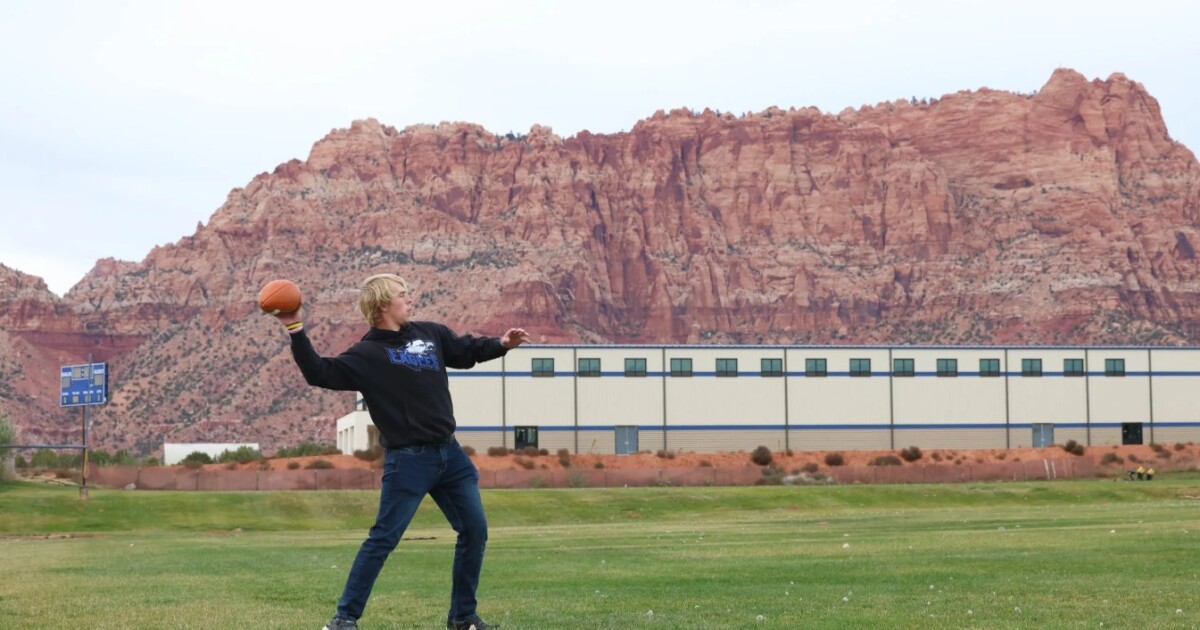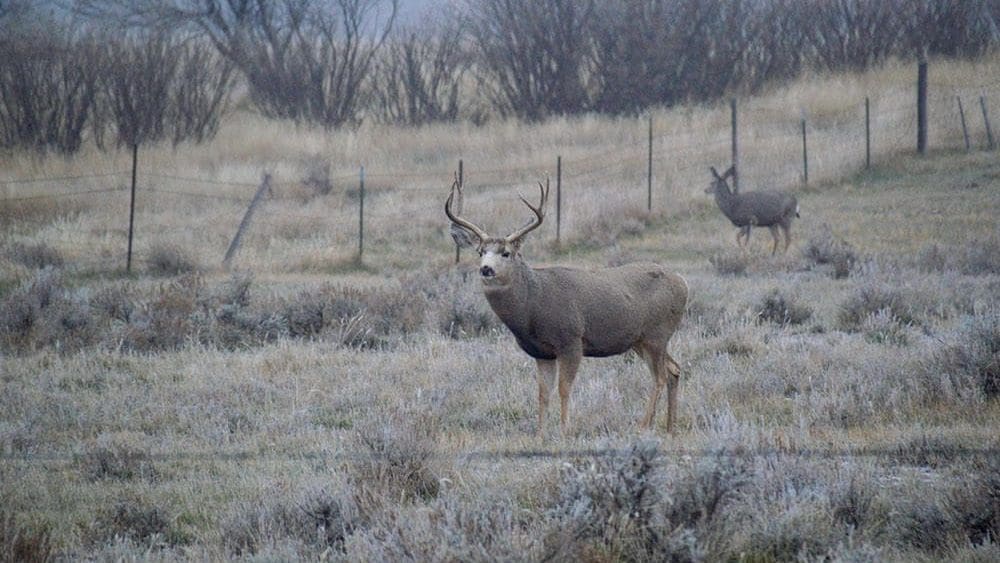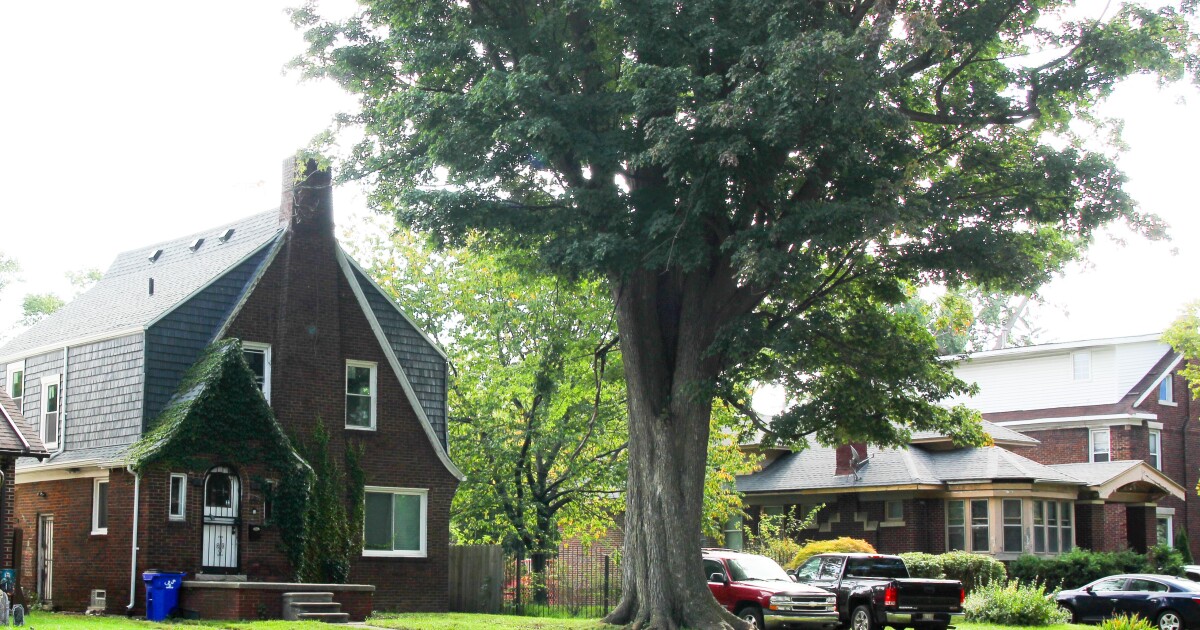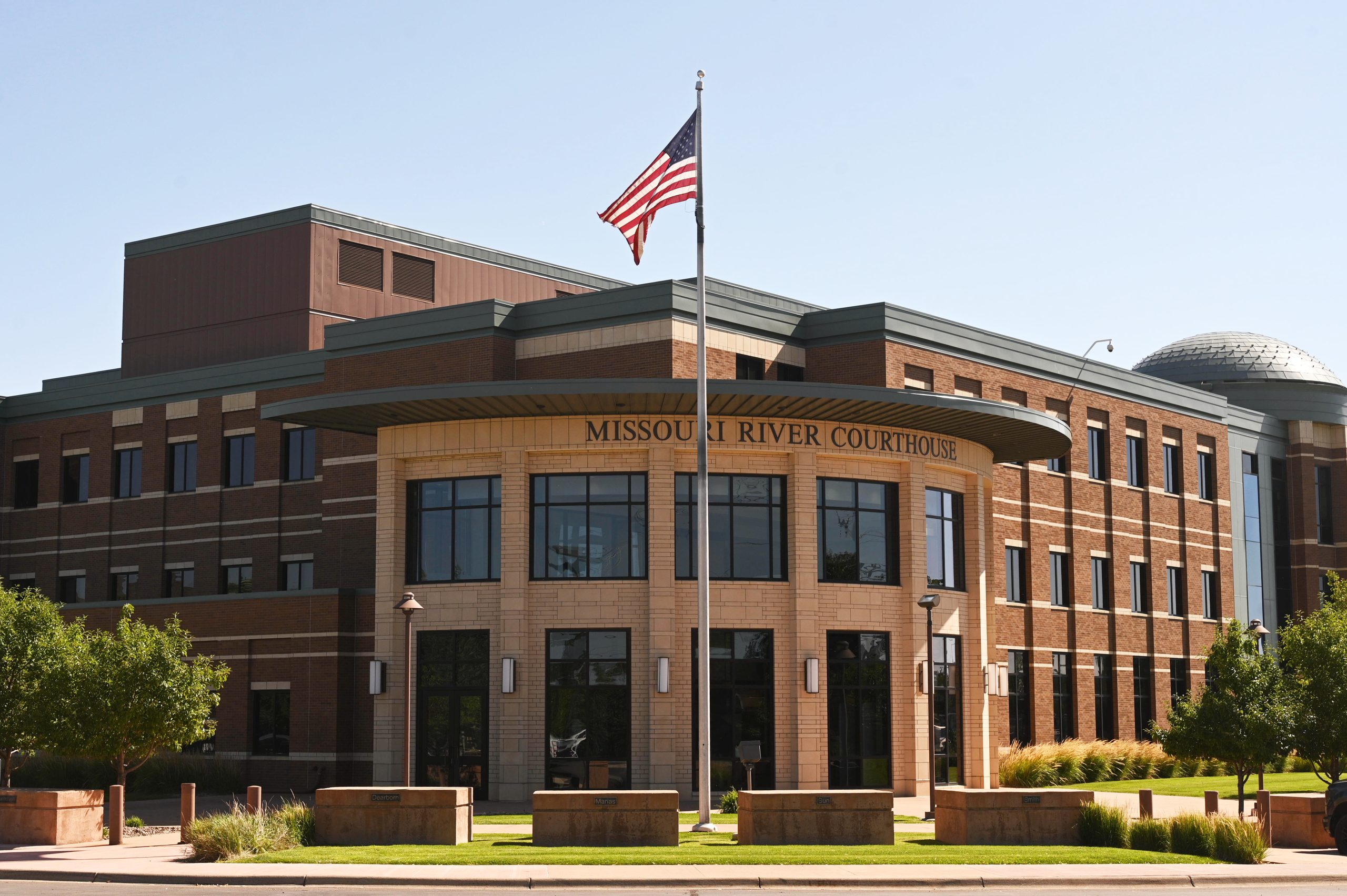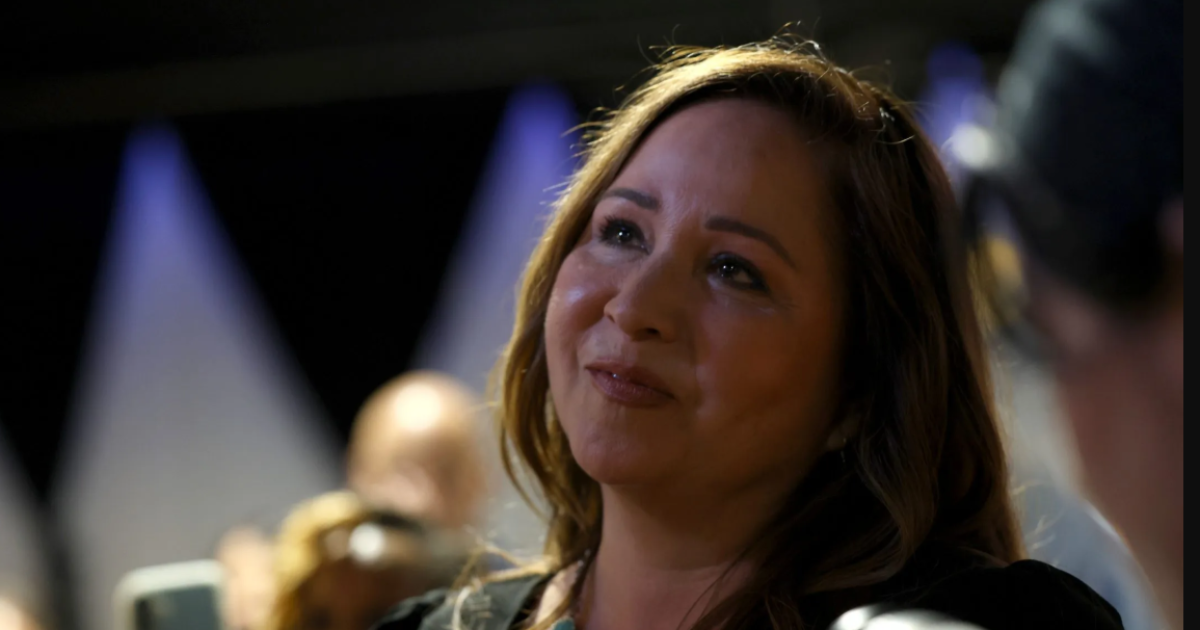Across North America, Indigenous communities are raising their voices against the violence affecting them, especially targeting women and girls. Through various activities like prayer walks, self-defense classes, and rallies at state capitols, they are advocating for improved collaboration among law enforcement agencies to address the concerning number of missing persons and unsolved homicides, which are part of roughly 4,300 ongoing FBI investigations this year.
Monday’s Missing and Murdered Indigenous Persons Awareness Day became an opportunity for parents to educate their children about the critical issues at hand. Individuals like Geraldine Toya and Lynette Pino, who have been personally affected by such tragedies, joined to demand justice and support fellow survivors.
Erica Leno, cousin to Darian Nevayaktewa who disappeared in 2008, expressed determination: “We’ll keep pushing and I have faith we will find him and bring him home. Using any and all resources, we will find him.” Efforts are also being made by young women donning bright red handprints, symbolizing their pledge to speak for those who cannot.
Justice Department statistics indicate that Indigenous women face a homicide rate more than twice the national average. Recent cases like that of Emily Pike, a teenager from the San Carlos Apache community who vanished from a group home, only to be discovered deceased months later, highlight the urgency of the issue.
Understanding ‘the talk’ in Indigenous Communities
Lisa Mulligan, from the Forest County Potawatomi, carries the message of Missing and Murdered Indigenous Peoples (MMIP) as she attends rallies from Wisconsin to the West on her motorcycle. She plans to have “the talk” with her granddaughters, explaining the tragic loss of her father and another relative’s experience with sex trafficking. “That’s why I ride for it,” Milligan explained. “I don’t want it to happen to anyone else.”
Christina Castro and Joylana Begay-Kroupa, both mothers, have also shared difficult truths with their children, hoping to spur change. “Indigenous people don’t have the luxury about NOT talking to our daughters about violence against girls,” said Castro, who co-founded the 3 Sisters Collective in Santa Fe, New Mexico.
The collective organized events including speeches at the New Mexico Capitol and a documentary screening about the unresolved death of Dione Thomas, a Navajo woman. Self-defense training is being offered at both the collective and the Phoenix Indian Center, an Indigenous community hub in Arizona.
Joylana Begay-Kroupa, CEO of the Phoenix Indian Center, emphasized the importance of these conversations: “We have relatives that have gone missing, and we just don’t know where they’re at,” adding that she openly discusses these issues with her son.
Young individuals like Yaretzi Ortega, a 15-year-old from the Gila River Indian Community, are also receiving “the talk.” Ortega said, “People need to be aware at a young age because it could happen to them.”
Indigenous men aren’t immune either. Donovan Paddock, who participated in an awareness walk in Scottsdale, Arizona, spoke about his own family’s losses, including his grandfather, a Navajo Code Talker.
Challenges and Progress in Advocacy Efforts
Efforts to integrate Indigenous Alerts into state Amber Alert systems are progressing slowly, requiring additional resources and cooperation with the 574 federally recognized tribes, according to Navajo Nation Council Delegate Amber Kanazbah Crotty. Tribal alerts are now eligible for federal funding, but the process has faced challenges, including the need for technology updates.
Pamela Foster, who has campaigned for better alert systems since the tragic murder of her daughter Ashlynne Mike in 2016, noted that despite progress, significant gaps remain. A survey revealed that 76% of tribes were participating in the alert systems, although many state coordinators lacked necessary tribal contact information.
The Trump administration previously announced an increase in FBI resources to assist tribal police and the Bureau of Indian Affairs with case preparations. Yet, the 2023 “Not One More” recommendations, commissioned by Congress, are no longer available on the Justice Department’s website but can still be accessed via the National Indigenous Women’s Resource Center. Former Interior Secretary Deb Haaland highlighted that over 84% of Native American men and women experience violence in their lifetimes.
—
Read More Arizona News


